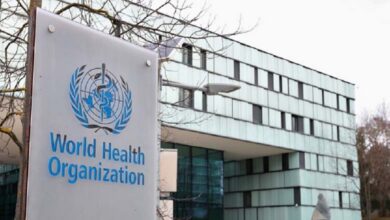Parental Age and Autism: What Does Science Say?

Recent studies in epidemiology and neuroscience have highlighted a possible connection between parental age at conception and the risk of autism spectrum disorder (ASD) in children. This subject has garnered increasing attention from the scientific and medical communities, particularly as autism diagnoses continue to rise globally. Researchers are working to understand the biological, environmental, and genetic factors that may contribute to this complex condition.
-
Why Are More and More Children Being Diagnosed with Autism?
-
What Is the Link Between Maternal Health and Autism in Children?
Advanced paternal age, often defined as over 40 or 45 years, has been linked to a slight increase in the likelihood of ASD in several large-scale studies conducted across Europe, the United States, and Asia. One proposed explanation involves the accumulation of genetic mutations in sperm as men age. Unlike eggs, male germ cells continuously divide throughout life, and with each division, new mutations can arise. These changes may impact a child’s neurodevelopmental pathways.
Maternal age has also been studied in relation to autism risk. In women over 35, the probability of pregnancy and childbirth complications increases, which could potentially affect fetal brain development. Additionally, some studies suggest age-related epigenetic modifications in older mothers may influence gene expression patterns in the developing fetus. However, findings around maternal age are sometimes inconsistent, and not all studies find a strong or direct association with autism.
It’s essential to keep in mind that the absolute risk remains relatively low, even when parental age is advanced. For instance, while a younger couple might face a 1% risk of having a child with autism, that risk could rise to around 1.5% or 2% for older parents — a statistically meaningful increase, but not one that should cause panic or deter people from having children later in life.
Some studies have also pointed out that the combined parental age may play a role. A significant age gap between partners or both parents being older has been associated with a modestly increased risk. This reinforces the notion that autism risk is influenced by a combination of parental age and broader genetic and environmental contexts — such as air pollution, maternal stress, or prenatal exposure to certain chemicals.
-
The Man Who Lives with Only 10% of His Brain… A Mystery That Puzzles Scientists
-
Do Parents Love All Their Children Equally?
It’s also important to consider potential confounding variables. Older parents tend to have higher educational backgrounds and may be more attentive to their child’s development, potentially leading to earlier or more frequent diagnoses. This makes it difficult to isolate biological causes from social or behavioral factors.
Based on current scientific understanding, experts agree that parental age is just one element in a much larger puzzle regarding the causes of autism. While it may contribute to risk, it is neither deterministic nor solely responsible. Most children born to older parents are perfectly healthy and do not exhibit any signs of autism spectrum disorder, providing reassurance to those considering parenthood later in life.












